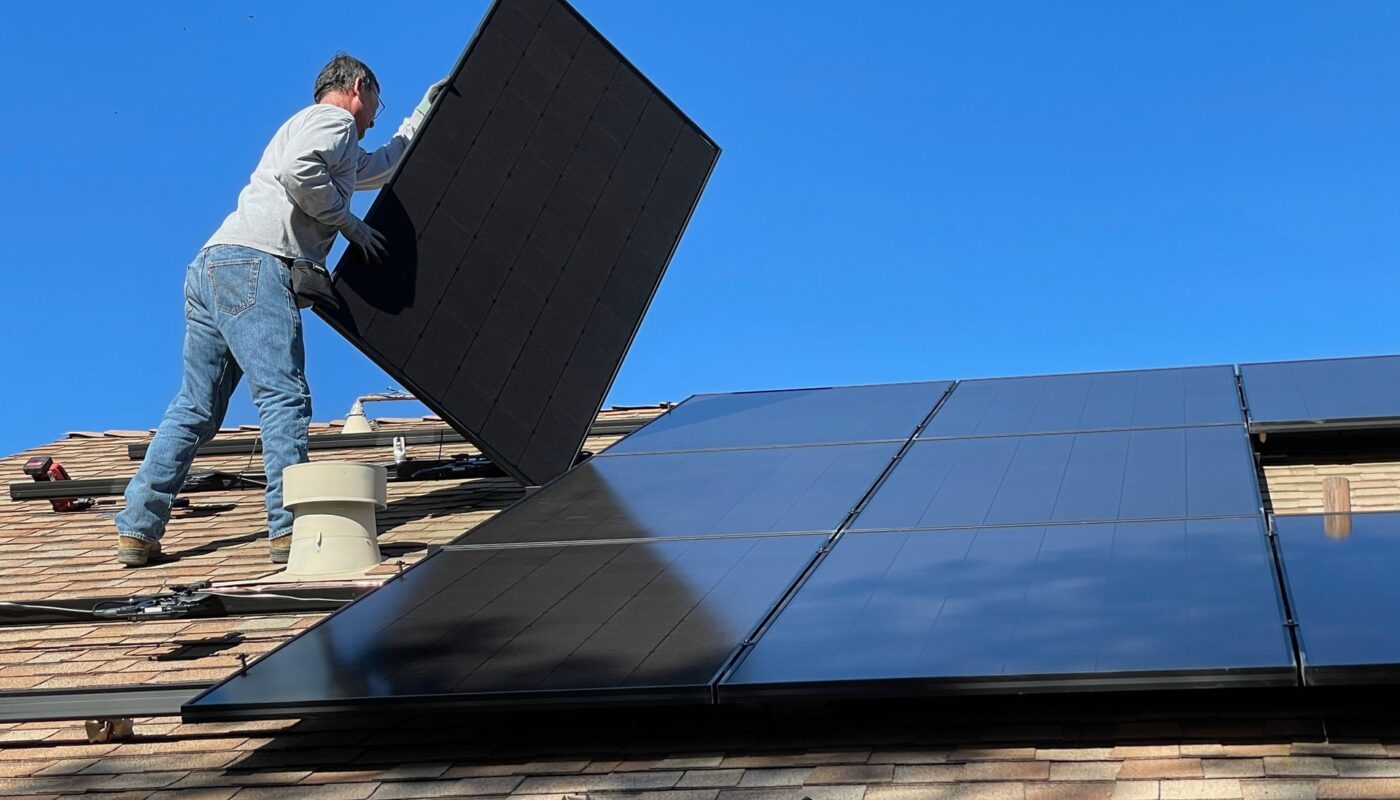How many licks does it take to get to the center of a Tootsie Pop? Unfortunately, the answer isn’t so easy to find. All kinds of variables come up in this seemingly simple calculation: the intensity of the lick, variations in the size of the Tootsie Pop itself, the weather, and more. The same question applies with Is solar worth it in Michigan?
TOC – Is solar worth it in Michigan?
Solar Power Requirements Planning
Predicting how much solar power it will take to power your house is a lot like expecting how many licks it will take to get to the center of a Tootsie Pop. Different variables can affect how much energy solar panels can generate, so there’s no simple answer.
That’s why we’ve created this article to answer the question: “How much solar power do I need for my house?” First, we will give you an overview of many variables that can affect solar power generation. From there, we’ll discuss the average amount of solar panels needed to power your home and how to get the most out of your solar panels.
Let’s get started.
The factors that affect solar power production
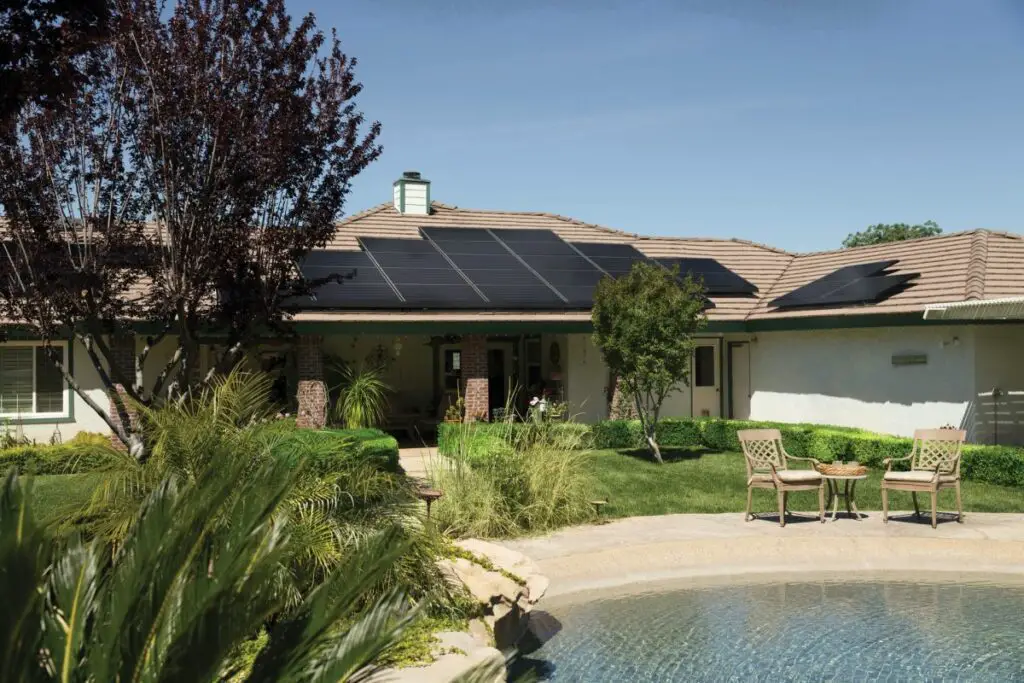
On any given day, there are a lot of different factors that can affect solar power production. They include:
- Sunlight hours
- Weather conditions
- The tilt of your panels
- Where your panels are located
- The efficiency of your solar panels (their power rating)
Other factors include the age of your panels and elements that create very tiny variations over time, like how clean your panels are.
How much energy does your home need?
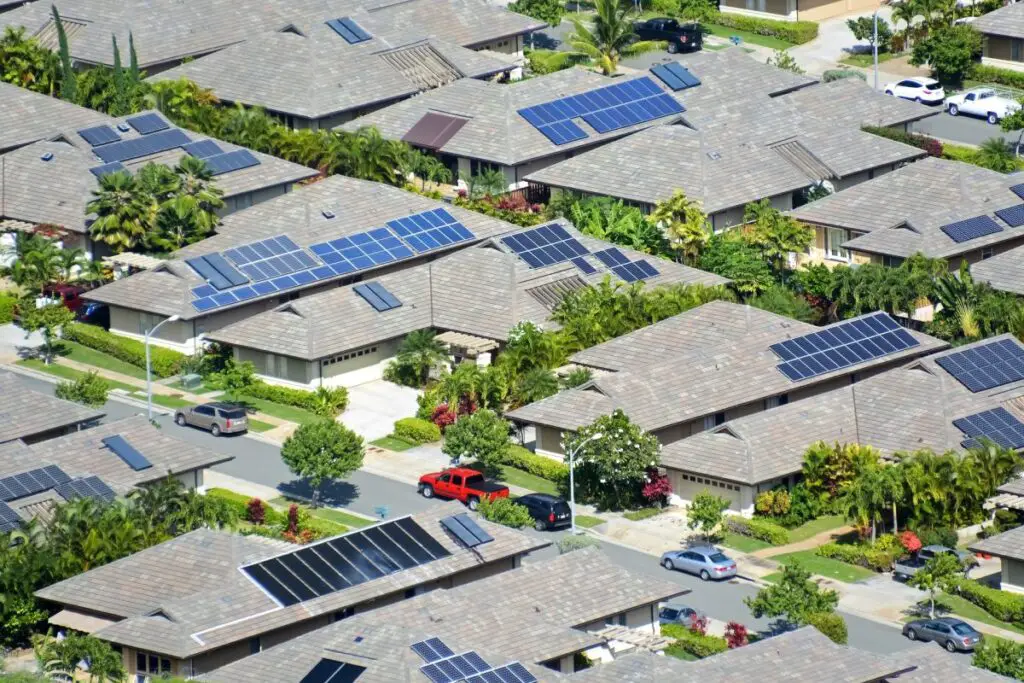
Power generation is only one of the factors that determine how many panels you’ll need – and remember that power generation may vary from day to day. The other chief factor is power consumption – you’ll need at least as much power coming in as the amount you’re consuming (and, at times, you’ll probably need more).
You can calculate how much energy your home uses by looking at the bill from your utility – they’ll often tell you how much energy you use in a month (which you’d divide by 30 to get your daily use) or in a quarter (which you’d divide by 3, then by 30 to get your everyday use). According to the Energy Information Administration, the average US household uses about 877 kWh/month.
There are, of course, variations depending on the region you live in – and what time of the season it is. That’s why it’s essential to look at power consumption for each season, too – in the summertime, and you might be using less power than you would in the wintertime.
And in the winter, your solar panels are going to produce less energy. That’s why solar power is at its best when your utility offers solar net metering. You receive credit for the excess energy you generate in the summer when you have net metering. Those credits then go toward your power bills in the winter.
How many solar panels do I need?
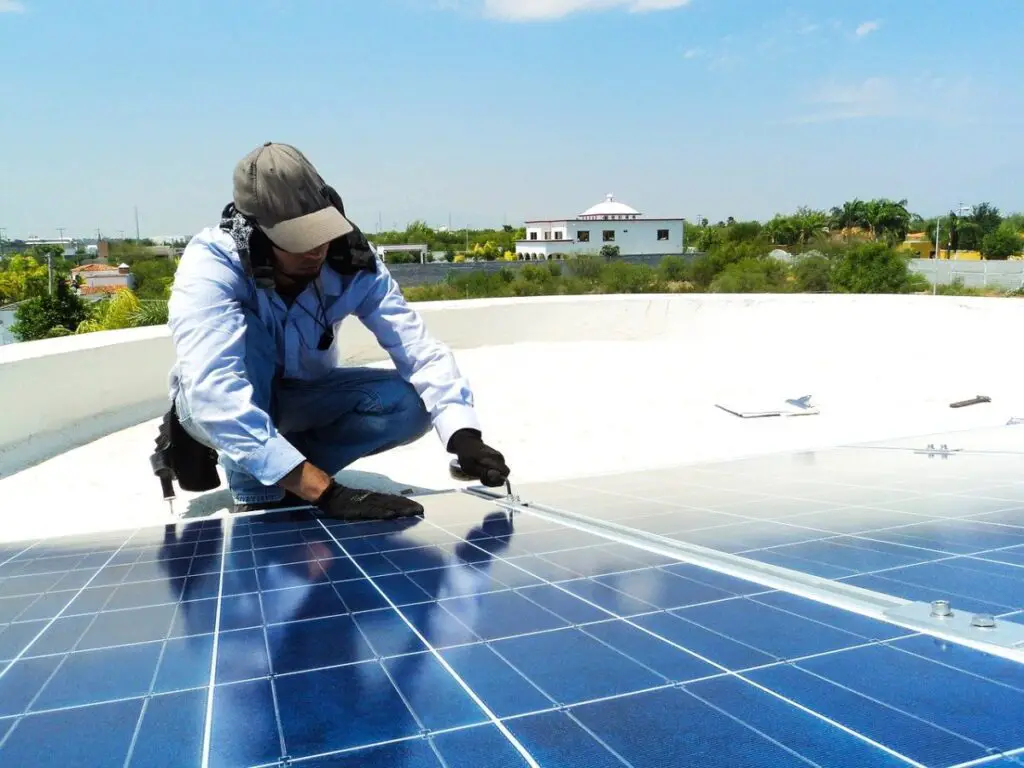
Assuming you want to power your home year-round with solar energy, you’ll need a solar array that offers production equal to at least your home’s annual solar consumption. As we’ve already discussed, we can expect seasonal differences in power production. We can also expect differences based on factors outside of your control, like inclement weather.
That means it’s usually best to overshoot your power consumption a little bit and produce more power than you can consume. If your region has net-metering systems, the excess energy you generate is credited back to your account.
How much energy do solar panels generate?
Solar panels are rated in wattage – most solar panels are between 250 and 400 watts. Note that this reflects how many watts a solar panel produces in one hour under optimal conditions – in other words, in direct sunlight.
We can calculate how much power a solar panel will generate using the amount of direct sunlight an area gets, on average, per day. For example, in Michigan, there are usually about 4.1 hours of direct sunlight per day.
That means we could expect about 1000 watt-hours of power from a 250 W solar panel each day, or approximately 1 kWh. Conversely, a 400 W solar panel would produce about 1.6 kWh a day.
How many solar panels do I need?
We know the average household uses approximately 877 kWh per month. So let’s average a month to 30 days (sorry, February) – that means each day, we’ll need to generate 877/30 kWh of power.
That means for the average household; we’d need to generate 29.23 kWh/day. Let’s average that to 30, to make some allowances for days where we’ll get less direct sunlight. At that rate, you’d need about 30 250 W solar panels or about 19 400 W panels.
Solar production ratio
Now, it’s important to note that some solar panels produce more or less energy than advertised. This factor is known as the production ratio. Production ratio is calculated by dividing the amount of energy the system produces by the amount it’s advertised to make.
For example, if a 250 W solar panel produces 1.5 kWh of energy in 4 hours of sun, it has a production ratio of 1.5: the 1.5 kWh actually produced the expected 1 kWh.
Solar panel vendors will use all kinds of factors, from the tilt of the solar panels to the shade in the area, to give you an estimate of the production ratio. Thanks to our friends at SRB Energy for the info!
With that in mind, the production ratio can increase or decrease the number of solar panels you’ll need. Until the panels are installed, it’s impossible to determine the production ratio. However, experienced installers are pretty good at giving estimates.
Solar power production in Michigan

We know that Michigan averages about 4.1 sunlight hours a day. Michigan homes, however, tend to use less electricity than the national average – about 665 kWh a month, or 22.16 kWh a day, which we’ll round to 23. That means with 320 W panels (the average between 250 and 400-watt panels), the average Michigan home will need about 18-19 solar panels to satisfy its energy needs.
It’s important to note that Michigan’s electricity consumption is so low, in part, because many states use electricity for cooling almost year-round. But in Michigan, natural gas heating is the norm. ISo if you’re using electrical heating, you will need a lot more solar panels than what we’ve predicted here.
It’s worth noting that net metering is experiencing some pretty drastic hiccups in Michigan right now, and some net metering has been replaced with a different inflow/outflow program that varies between utilities. Advocates are needed to maximize the benefits of solar panels.
Are Solar Panels Worth It In Michigan?
As of October 2024, the average cost for a solar panel system in Michigan is approximately $3.12 per watt, including installation. For a typical 5-kilowatt (kW) system, this translates to about $15,583 before incentives, with prices ranging from $13,246 to $17,920. After applying the 30% federal tax credit, the average cost decreases to around $10,908.
Financial Incentives
Michigan residents can benefit from several incentives to reduce the upfront costs of solar installations:
- Federal Tax Credit: The Residential Clean Energy Credit offers a 30% tax credit on the total cost of a solar panel system, applicable through 2032.
- State Programs: The Michigan Saves Home Improvement Loan provides low-interest loans for energy efficiency upgrades, including solar installations, with rates between 6.90% and 7.69% and loan amounts ranging from $1,000 to $100,000.
- Property Tax Exemption: Michigan offers a solar property tax exemption, meaning homeowners do not pay additional property taxes on the increased home value resulting from solar panel installations.
Energy Savings and Payback Period
- A properly sized solar panel system can significantly offset these costs. The payback period—the time it takes for energy savings to equal the initial investment—averages around 12.49 years in Michigan.
- Given that solar panels typically have a lifespan of 25 years or more, homeowners can expect substantial savings over the system’s lifetime.
Environmental Impact
Switching to solar energy reduces reliance on fossil fuels, leading to lower greenhouse gas emissions. This transition contributes to a cleaner environment and aligns with broader efforts to combat climate change.
Final Thoughts on How Much Solar Power Do I Need for my House
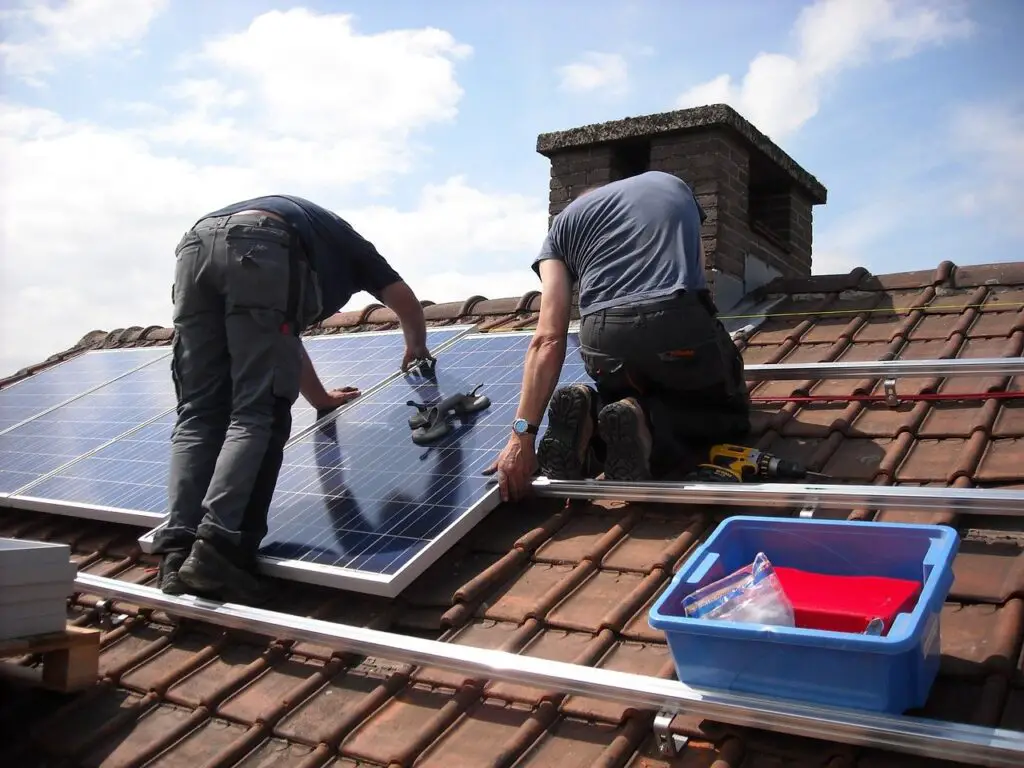
The best advice is to reach out to an experienced solar panel installer. The average installer team does one or two home installations a day. Therefore, they will be able to see all the factors that would impact your specific site.
And now you know pretty much everything you need to know about solar power production and how much solar energy it takes to power your home. We hope you found this as enjoyable to read as we found it to write. Now go out, and enjoy the sunshine!

